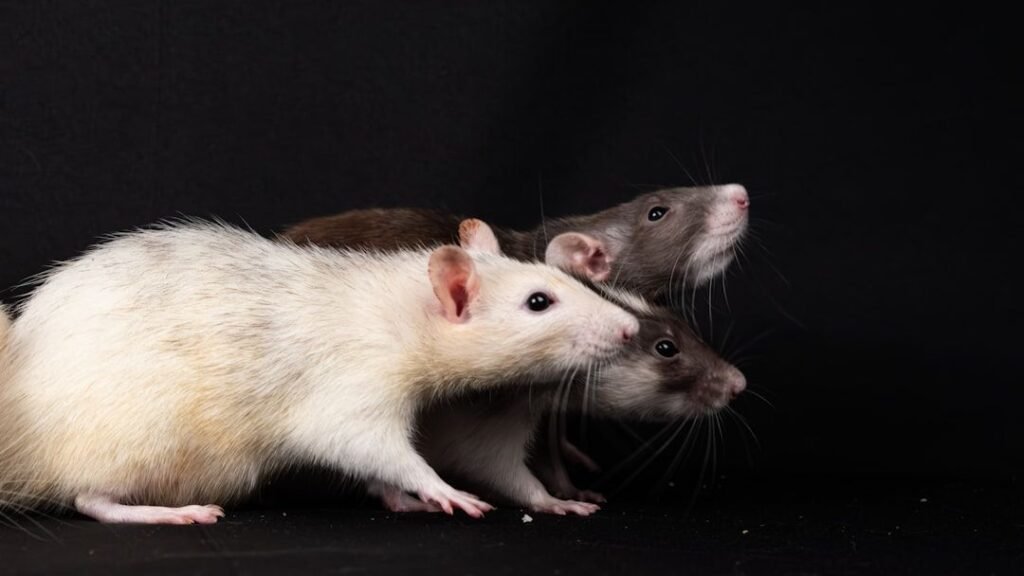Imagine a world teeming with life, but not as we know it—a planet bursting with creatures so bizarre they seem plucked straight from science fiction. Over 500 million years ago, during the Cambrian Explosion, Earth’s oceans were the stage for a dazzling evolutionary drama. Among the cast of strange beings was Opabinia, a creature so peculiar that, even today, it leaves scientists and enthusiasts in awe. With its five eyes, flexible nozzle-like proboscis, and mysterious body plan, Opabinia is the ultimate oddball—proof that life’s early experiments could be as wild as our imaginations dare to dream.
The Cambrian Explosion: Earth’s Greatest Evolutionary Leap
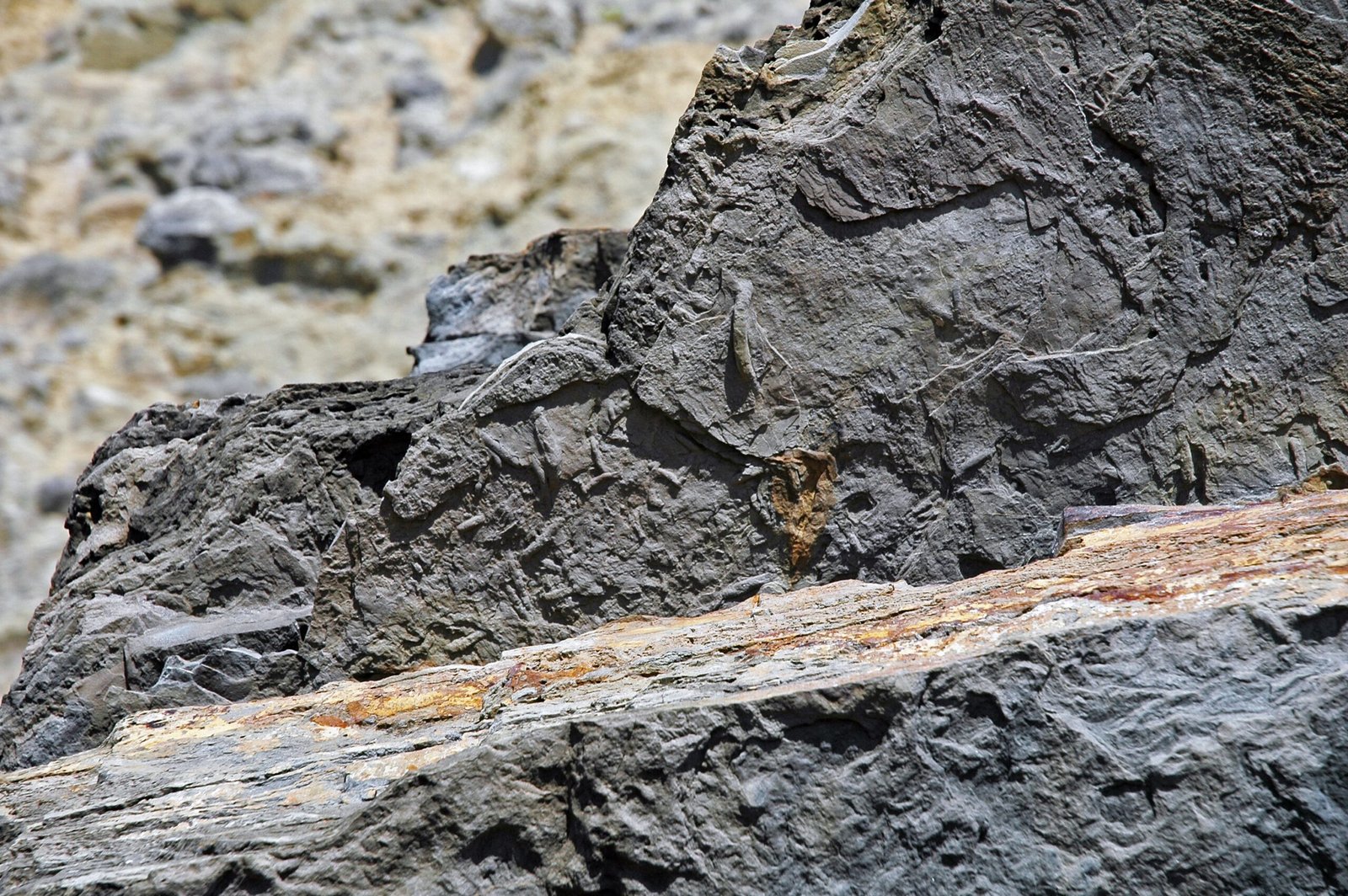
The Cambrian Explosion marked a turning point in the history of life. Around 541 million years ago, a sudden burst of evolutionary innovation filled the oceans with an astonishing variety of animals. For the first time, complex body plans, hard shells, and new ways of moving and feeding appeared almost overnight in geological terms. Fossils from this era, found in places like the Burgess Shale in Canada, reveal creatures that defy what we consider “normal” today. Opabinia thrived in this era of experimentation, standing out even among its peculiar peers. The Cambrian seas were a chaotic laboratory, and Opabinia was one of its most memorable inventions.
The Discovery That Shocked Paleontology
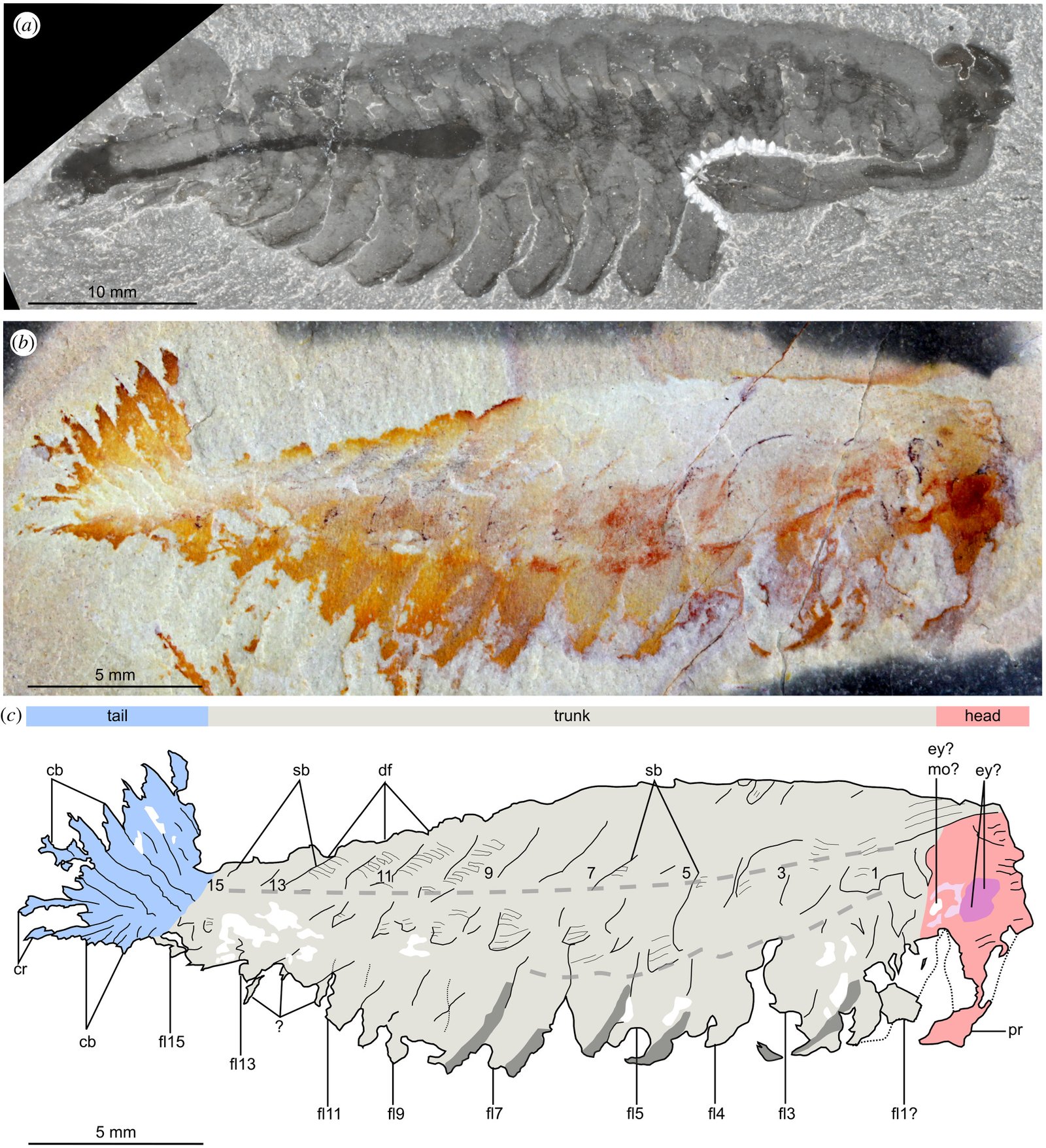
Opabinia’s fossilized remains were first uncovered in the early 20th century, but their true nature puzzled scientists for decades. When British paleontologist Harry Whittington reconstructed Opabinia in 1975, his presentation left an audience of experts stunned—some even laughed at the creature’s odd features, thinking it must be a mistake. Yet, the evidence was clear: Opabinia was real, and it was unlike anything anyone had ever seen. This moment became a turning point, not just for the study of Opabinia, but for how scientists approached the bizarre creatures of the Cambrian. It was a reminder that the history of life is far stranger than fiction.
Five Eyes: A Visionary Mystery

One of Opabinia’s most striking features is its five eyes, clustered on top of its head like some kind of alien surveillance drone. No other known animal, past or present, sports such an arrangement. These eyes likely gave Opabinia a wide field of vision, allowing it to spot both prey and predators in the murky Cambrian waters. Scientists still debate exactly how these eyes worked—were they for seeing in the dark, detecting movement, or perhaps distinguishing color and depth? The function of five eyes remains a tantalizing puzzle, hinting at evolutionary pathways that didn’t survive to the modern day.
A Flexible Proboscis: The Ultimate Feeding Tool
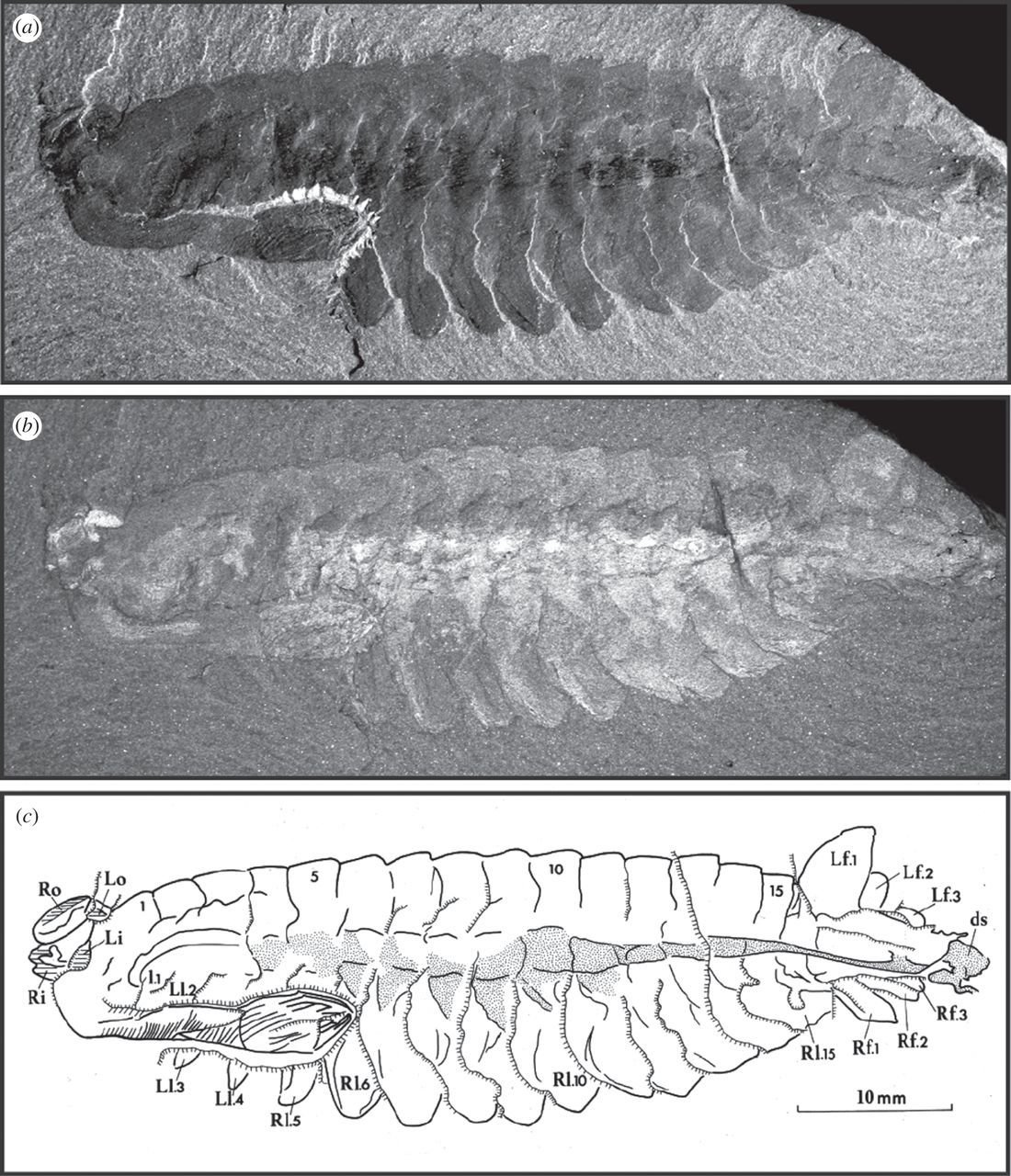
If its eyes weren’t enough, Opabinia’s most bizarre trait might be its long, flexible proboscis—essentially a snout ending in a claw-like pincer. This appendage could reach out, grab food, and bring it straight to the creature’s backward-facing mouth, tucked under its head. Such a feeding strategy was unique among Cambrian animals. The proboscis likely allowed Opabinia to probe the seafloor for soft-bodied prey or organic detritus, giving it an advantage in the crowded, competitive ocean environment. It’s a feeding adaptation that seems almost comical, yet it was perfectly suited to Opabinia’s world.
The Body Plan: Ribbons and Flaps
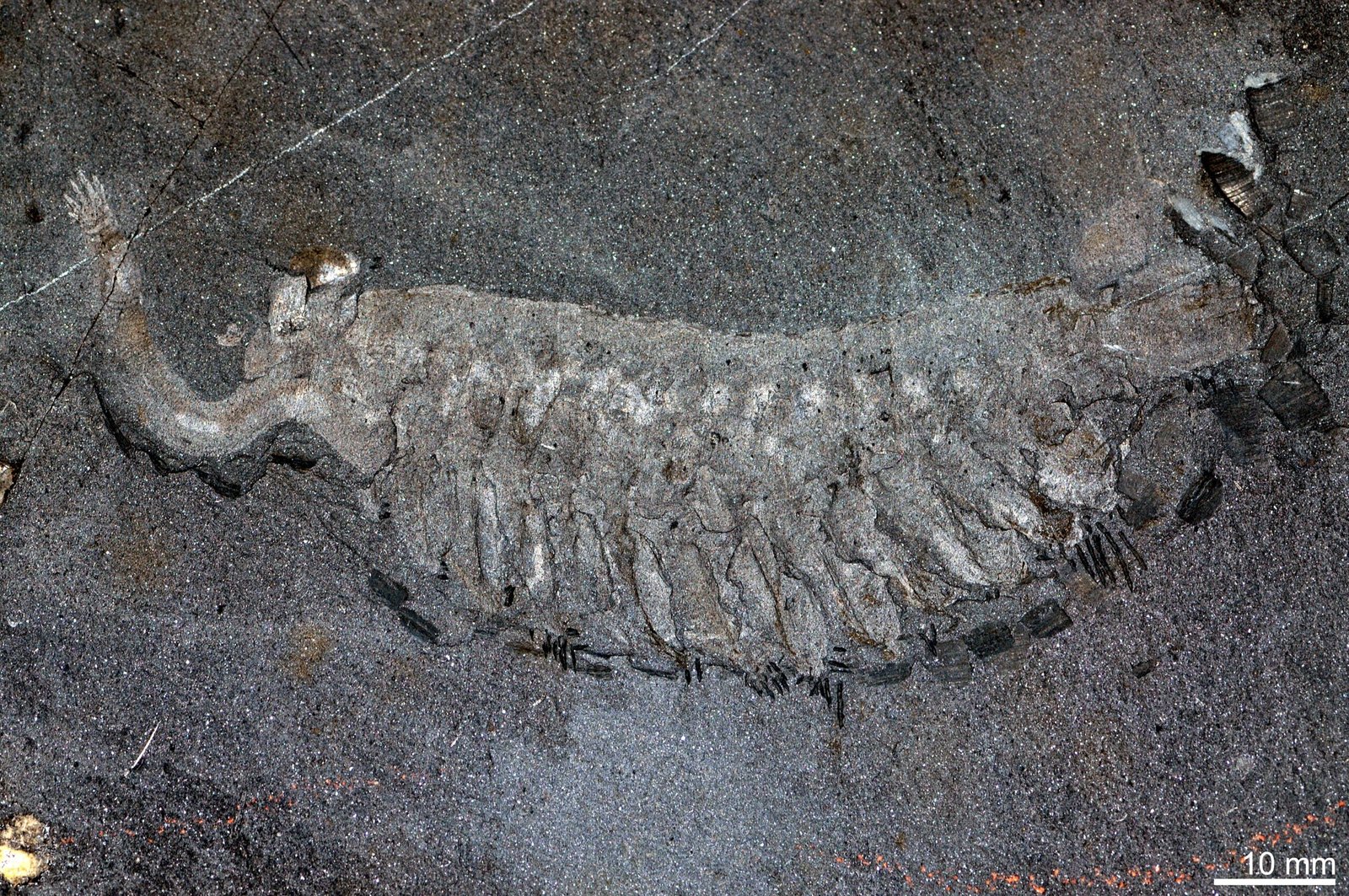
Opabinia’s body resembled a soft, segmented ribbon, about 7 centimeters long, with a series of lateral flaps running down its sides. These flaps, thought to function like fins, probably helped the animal glide gracefully through the water. Along its back, tiny lobes provided additional stability and control. Unlike the armored trilobites or spiny anomalocaridids of the Cambrian, Opabinia was unarmored and flexible, relying on agility rather than protection. Its peculiar form set it apart as an evolutionary experiment in locomotion and survival.
Where Did Opabinia Live?
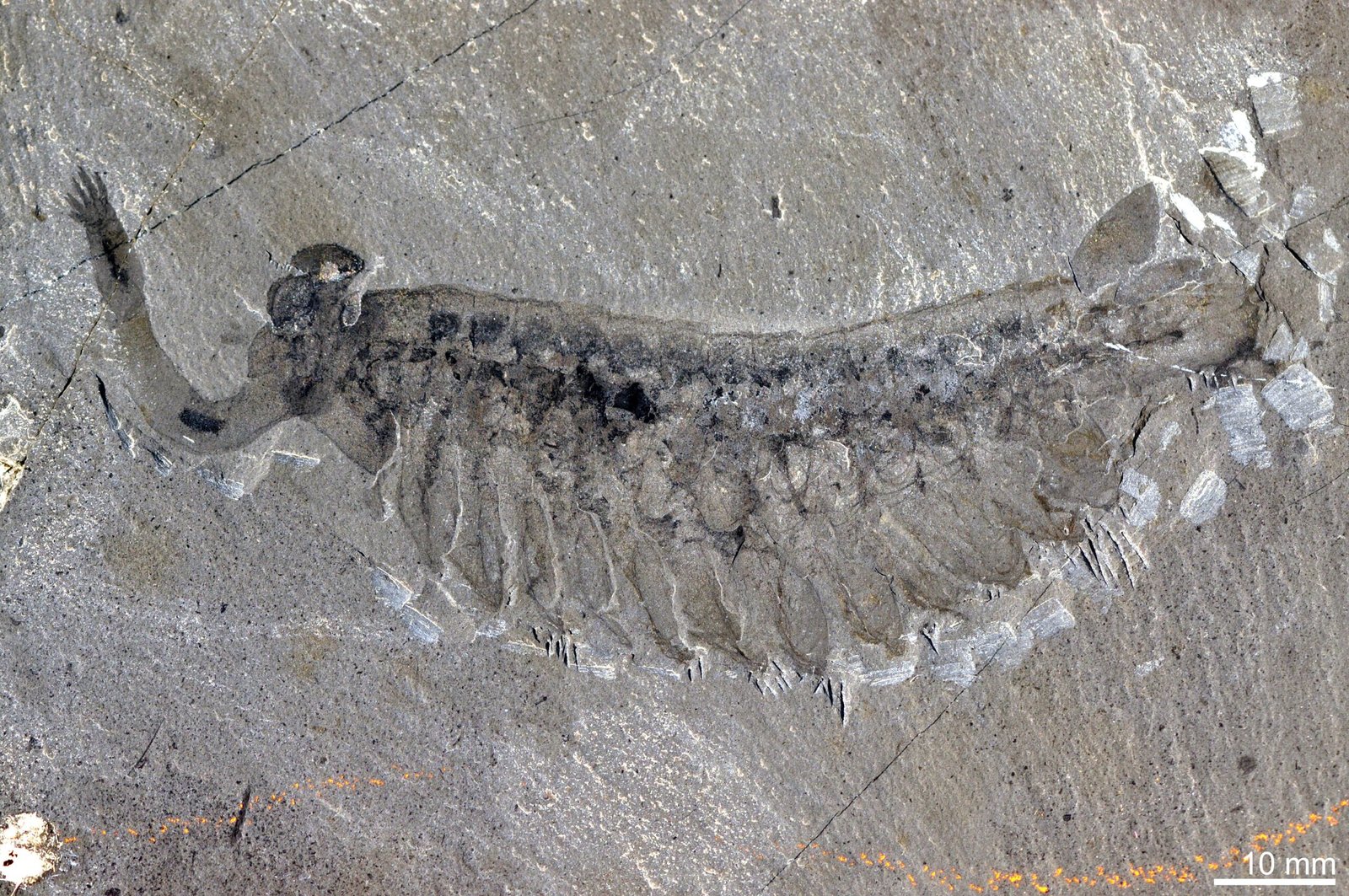
Fossil evidence suggests Opabinia inhabited the soft, muddy seafloors of Cambrian oceans. The environment was a bustling ecosystem, filled with early arthropods, sponges, and other mysterious creatures. Opabinia’s flattened body and swimming flaps made it well-suited to life just above the sediment, where it could search for food without venturing too far from cover. This habitat was both a playground and a battlefield, where innovation meant the difference between thriving and vanishing. Opabinia’s specialized features were its ticket to success, at least for a time.
Opabinia’s Place in the Tree of Life

For decades, scientists struggled to classify Opabinia. Its strange combination of features—some reminiscent of arthropods, others entirely unique—defied easy categorization. Today, most paleontologists consider Opabinia a member of the stem group leading to arthropods, the vast animal group that includes insects, spiders, and crustaceans. It represents a crucial evolutionary stepping stone, a glimpse into the experiments that led to the incredible diversity of modern arthropods. Still, Opabinia remains an evolutionary enigma, a branch that ended before it could blossom further.
Fossil Preservation: The Burgess Shale Miracle

The exceptional fossils of Opabinia come from the Burgess Shale, one of the world’s most important fossil sites. Here, fine-grained mud preserved even the softest tissues of ancient animals, giving us an unprecedented window into Cambrian life. Without this rare preservation, the delicate features of creatures like Opabinia would have vanished forever. The Burgess Shale has revealed not just Opabinia but a hidden menagerie of extinct wonders, reminding us of the fragility—and serendipity—of the fossil record.
Why Was Opabinia So Weird?
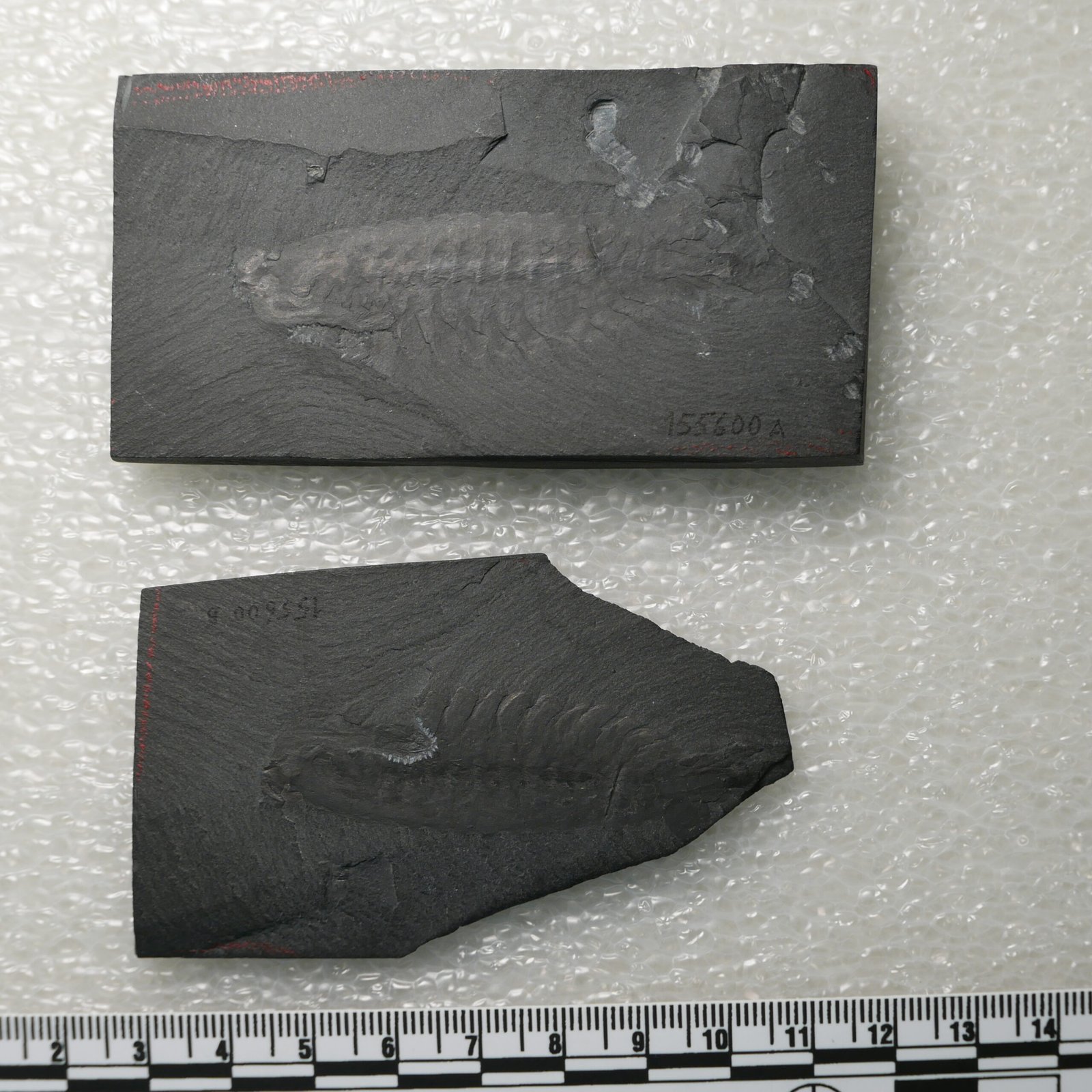
The Cambrian Explosion was a time of evolutionary trial and error, when nature seemed to be testing every conceivable body plan. Opabinia’s bizarre features—five eyes, a proboscis, a ribbon-like body—are a testament to this creative chaos. Some scientists believe that many early animals experimented with different sensory organs, feeding strategies, and forms of movement before natural selection settled on the more familiar blueprints we see today. Opabinia, then, is a relic of a world where the rules were still being written, and anything was possible.
Opabinia’s Legacy in Popular Culture and Science
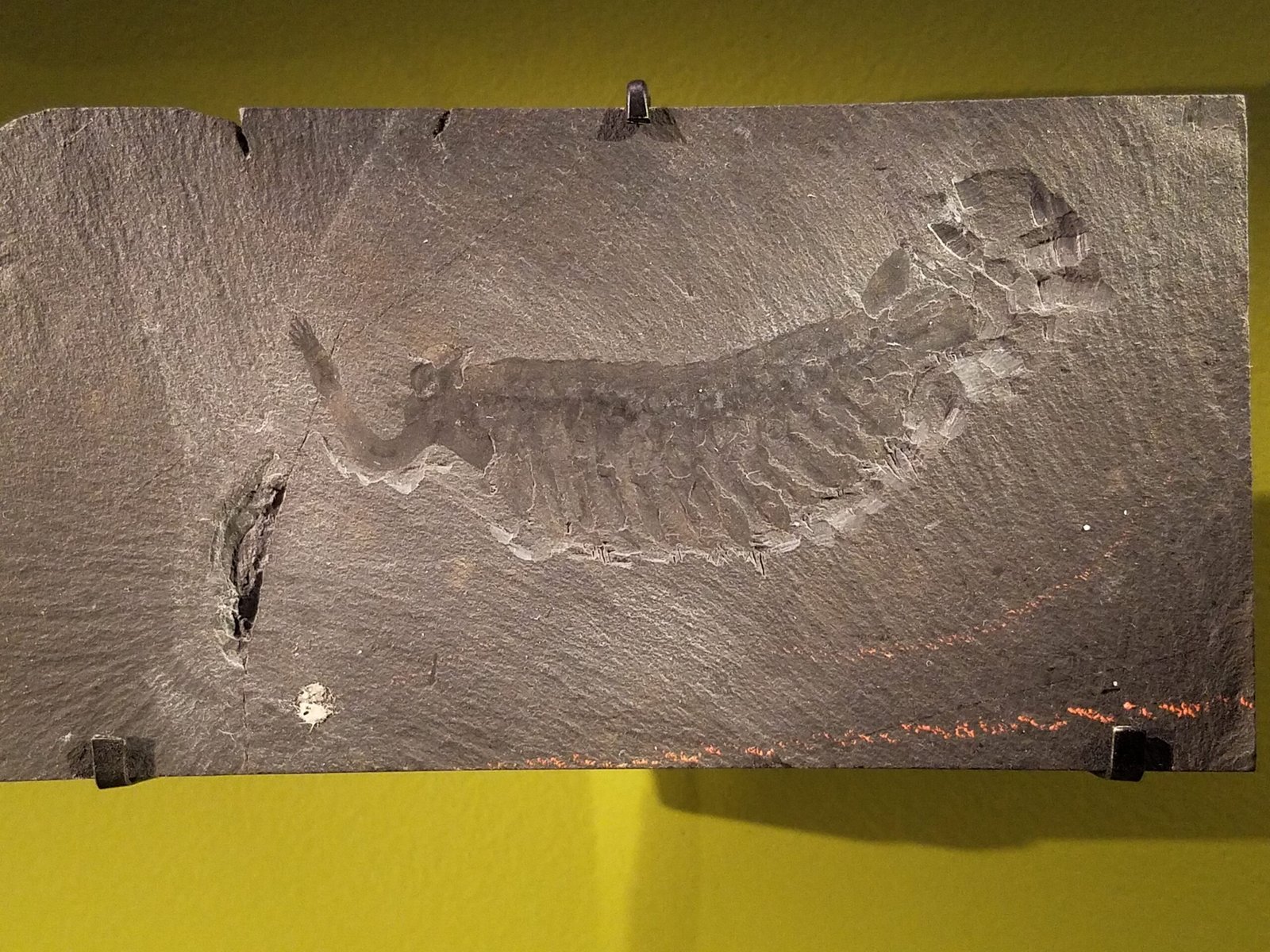
Despite its extinction, Opabinia has captured the imagination of artists, writers, and scientists alike. Its outlandish appearance has inspired everything from children’s books to avant-garde artwork. In museums, Opabinia models often become conversation starters, inviting visitors to marvel at the weirdness of life’s early history. For paleontologists, Opabinia is more than just a curiosity—it’s a symbol of the surprises that still await us in the fossil record, and a reminder that our planet’s past is full of mysteries yet to be unraveled.
What Opabinia Teaches Us About Evolution
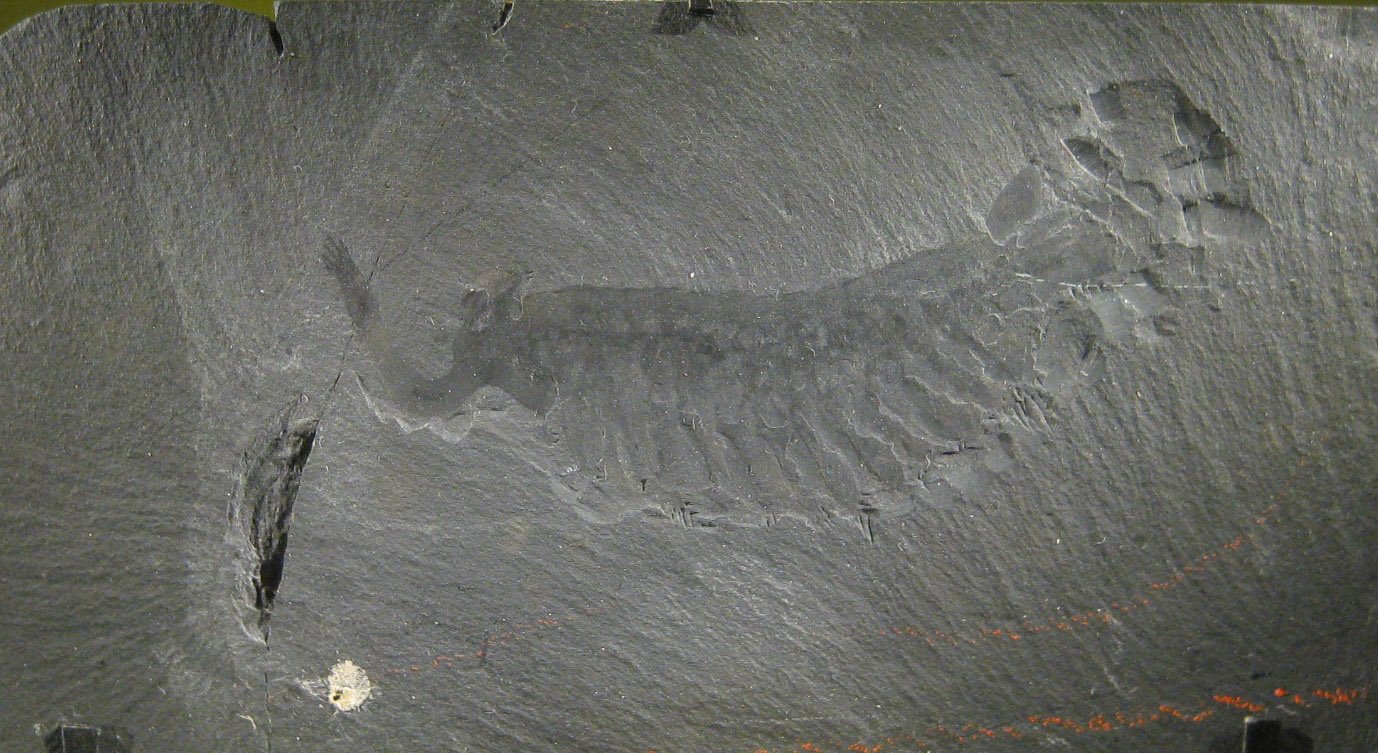
Opabinia’s story is a lesson in the unpredictability of evolution. It shows that life’s journey has been shaped by experimentation, dead ends, and breakthroughs. The organism’s strange body plan might seem impractical today, but in its time, it was a successful adaptation. By studying Opabinia and its Cambrian companions, scientists gain insight into how innovation drives evolutionary change—and how even the strangest experiments can reveal the creative potential of life. While Opabinia’s lineage may have ended, its legacy endures as proof that the path of evolution is anything but straight.
Opabinia, with its five eyes and extraordinary form, stands as a testament to nature’s boundless creativity and the sheer unpredictability of life’s unfolding story. Who knows what other marvels lie buried, waiting to challenge our ideas about the past?


